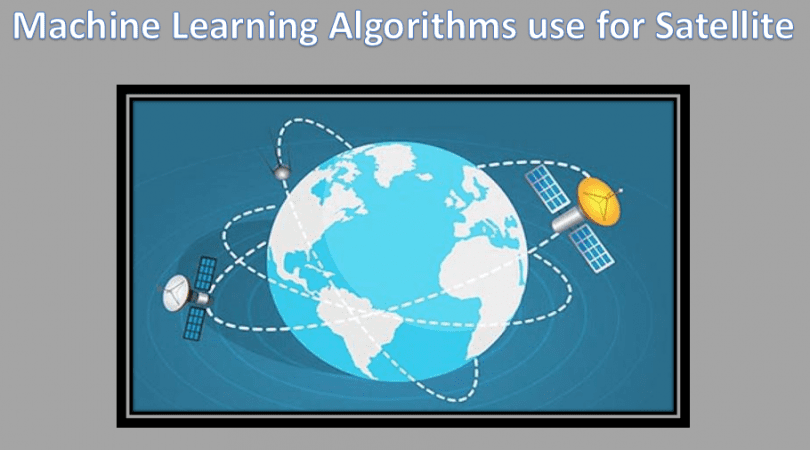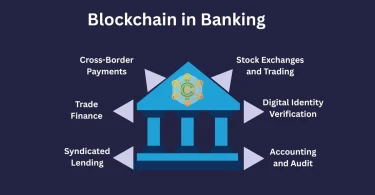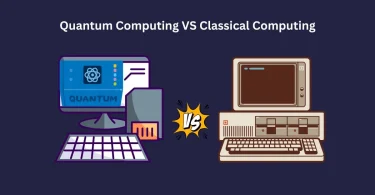Machine Learning
Artificial intelligence in the form of machine learning enables computer systems to predict outcomes more correctly without being explicitly told to do so Machine learning algorithms forecast new output values using historical data as input. Machine learning is critical because it can help companies create new products and provide a clear picture of trends. The process by which a prediction-making algorithm learns to improve its accuracy is a common way to categories conventional machine learning.
Machine Learning Algorithms use for Satellite
More than 700 imaging satellites orbit the Earth every day, beaming vast oceans of data — including data on climate change, health, and poverty to ground-based databases. There’s just one problem: while geospatial data could help researchers and policymakers address critical challenges, it’s only available to those with significant wealth and expertise.
Satellite images contain an incredible amount of data about the world, but the trick is converting the data into usable insights without having a human comb through every single image,” said co-author Esther Rolf, a Ph.D. student in computer science in her final year. ” We designed our system to be user-friendly, so that a single person with no specialized training could run it on a laptop and solve their local problems. In AI applications for satellite images, machine learning training is divided into several stages in order to collect relevant data for creating AI models for related disciplines. To recognize a variety of objects from such heights for field mapping or urban planning using AI models generated by machine learning or deep learning, training data is required.
Proponents of satellite imaging and machine learning have lofty goals in terms of addressing significant issues at scale. In the face of escalating climate change, the technology has the potential to aid anti-poverty initiatives, protect the environment, provide street addresses for billions of people, and boost food yields. A UNESCO report published this spring identifies 100 artificial intelligence (AI) models with the potential to improve society. Despite recent advances in deep learning and satellite imagery quality, as well as a record number of satellites expected to enter orbit in the coming years, ambitious attempts to use AI to solve large-scale problems face traditional roadblocks such as government bureaucracy or a lack of political will or resources.
Satellite images are shown to be useful material for detecting LULC analysis, and the dynamics of coastal cropland and forest dominated the Bhola area and urban dominated Dhaka area in this study. The accuracy of algorithms and imagery are assessed using passive remote sensing data and machine learning algorithms. The commercial and scientific communities’ ability to evaluate satellite images is still vastly outmatched by their availability. Information found in satellite images is a valuable asset for addressing broad and important issues such as assessing the effects of climate change, forecasting crop yields, and tracking global progress toward the Sustainable Development Goals.




Leave a Comment